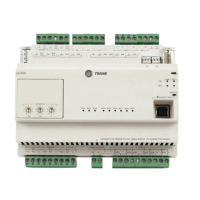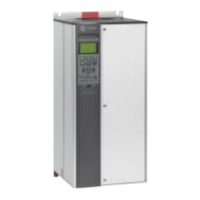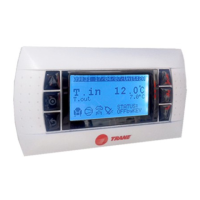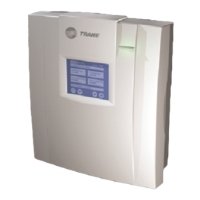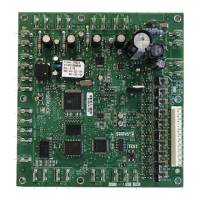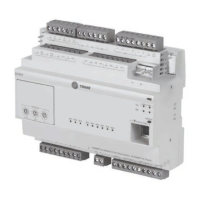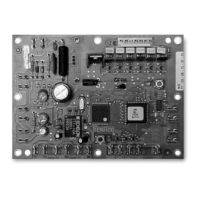2-1* Brake Energy Funct.
Parameter group for selecting dynamic braking parameters. Only valid for drives with brake chopper.
2-10 Brake Function
Option: Function:
[0] * Off No brake resistor installed.
[1] Resistor brake Brake resistor incorporated in the system, for dissipation of surplus brake
energy as heat. Connecting a brake resistor allows a higher DC link volt-
age during braking (generating operation). The Resistor brake function
is only active in frequency converters with an integral dynamic brake.
[2] AC brake AC Brake will only work in Compressor Torque mode in par.1-03
Torque
Characteristics.
2-11 Brake Resistor (ohm)
Range: Function:
50.
Ohm*
[5. - 65535. Ohm] Set the brake resistor value in Ohms. This value is used for monitoring
the power to the brake resistor in par.2-13
Brake Power Monitoring. This
parameter is only active in frequency converters with an integral dy-
namic brake.
Use this parameter for values without decimals. For a selection with two
decimals, use par.30-81
Brake Resistor (ohm).
2-12 Brake Power Limit (kW)
Range: Function:
5.000
kW*
[0.001 - 2000.000 kW] Set the monitoring limit of the brake power transmitted to the resistor.
The monitoring limit is a product of the maximum duty cycle (120 sec.)
and the maximum power of the brake resistor at that duty cycle. See the
formula below.
For 200 - 240 V units:
P
resistor
=
390
2
×
dutytime
R
× 120
For 380 - 480 V units
P
resistor
=
778
2
×
dutytime
R
× 120
For 380 - 500 V units
P
resistor
=
810
2
×
dutytime
R
× 120
For 575 - 600 V units
P
resistor
=
943
2
×
dutytime
R
× 120
This parameter is only active in frequency converters with an integral dynamic brake.
Parameter Description
70 TR200 Programming Guide
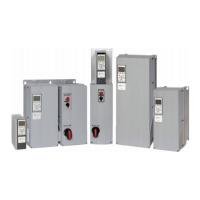
